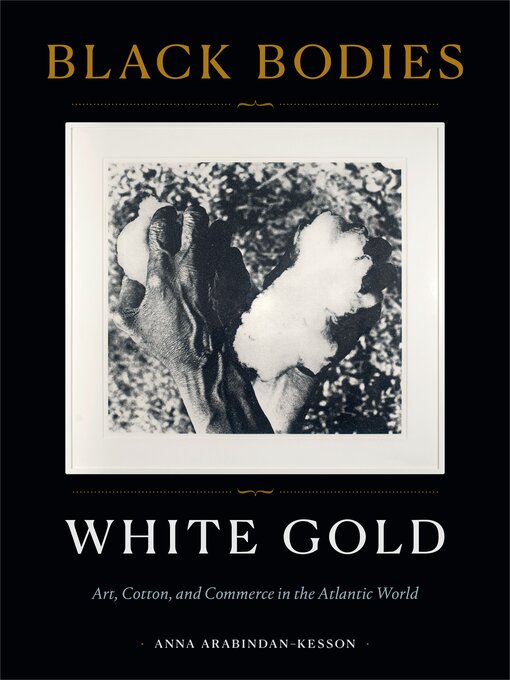- All Magazines
- Popular Magazines: Always Available
- Cooking and Food Magazines
- Craft Magazines
- News and Politics
- See all
-
Description
-
Details

Kindle Book
- Release date: February 6, 2023
OverDrive Read
- ISBN: 9781478021377
- Release date: February 6, 2023
PDF ebook
- ISBN: 9781478021377
- File size: 42140 KB
- Release date: February 6, 2023
